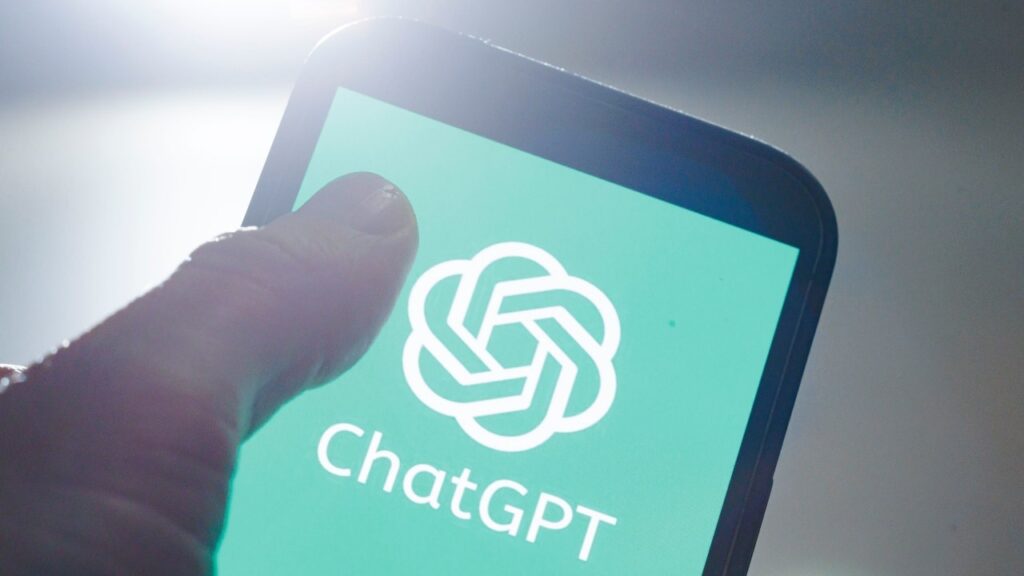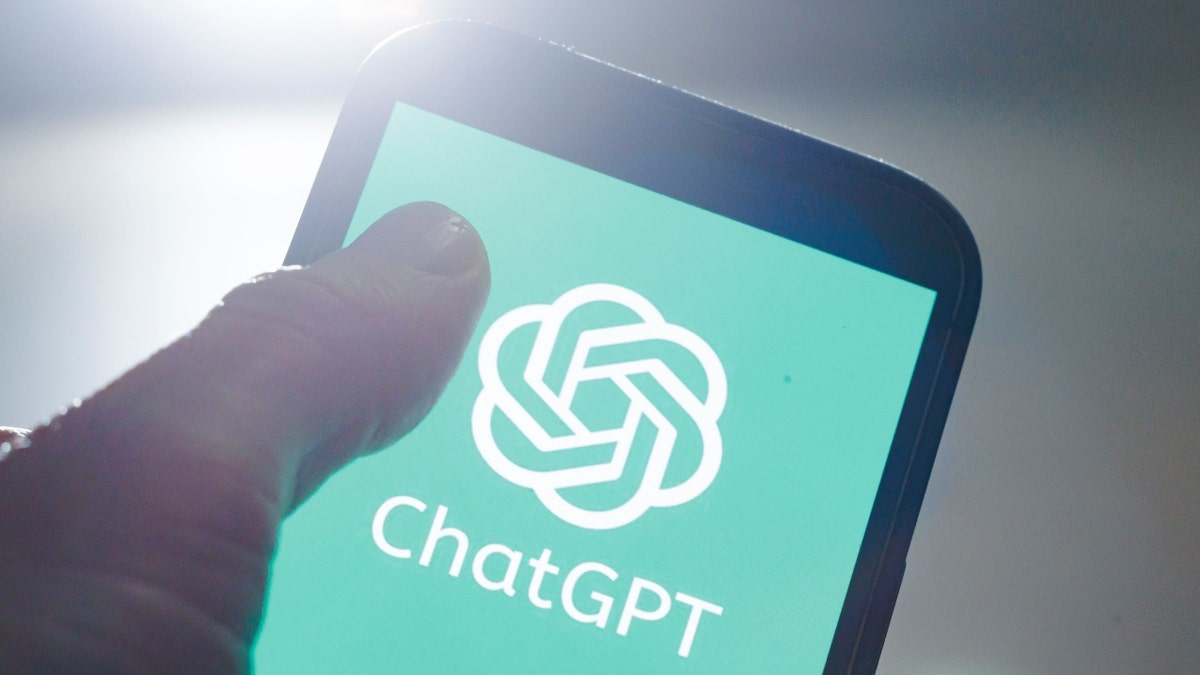
It’s AI this and AI that everywhere you turn. ChatGPT and DeepSeek are dominating headlines, Google slaps AI results at the top of every search, and there are smarter options in the apps and services you use every day.
Freebie alert: I’m giving away my latest ebook, « 50 Smart Ways to Use AI » (a $9.95 value). Hope it helps you!
I hear from folks all the time on my national radio show who have no idea where to start. That’s why you have me. AI isn’t going away, so let’s dive into a few things you need to know and prompts to get you started.
5-MINUTE CLEANUP FOR YOUR PHONE AND COMPUTER
First, get to know the tools of the trade
There are so many options. I recommend you start with one of the big names. They’re easy to use, intuitive and have free options. I’ve been most impressed with:
- ChatGPT: It’s my go-to. Type in what you need and it can help you generate ideas, break down tasks, clean up your writing, fix your spreadsheets — whatever. Use it on the web or download it for iPhone or Android. You’ll need to create an account. The free tier works for most people.
- Perplexity: It’s built for research and learning, and it’s my go-to for questions like « How do black holes work? » or « Explain the Ninth Amendment. »
- DeepSeek: A newcomer out of China with a model that outperforms OpenAI’s ChatGPT, Meta’s Llama and Google Gemini. If you’re going to use it, make sure you’re doing so the secure, private way. Steps at the bottom.
Another AI tool worth checking out is Google NotebookLM. Upload audio, notes, documents or any other files, then you can search them, find citations (from your own docs) or even produce a snazzy podcast based on your files.
A listener, Bob, told me after he heard about it on my radio show, he used NotebookLM to create training modules for his employees.

Needless to say, AI is here to stay — and it’s everywhere. Here’s how to make the most of it. (Thomas Trutschel/Photothek via Getty Images)
How to get the best results out of AI chatbots
In reality, using AI is as simple as using Google. Still, it doesn’t hurt to know a few things about how it works. You’ll spend less time feeling like you’re fighting the algorithms and get results you want more reliably.
« Priming » is the insider term for telling a chatbot exactly what you want from it. With ChatGPT or any other, the more constraints you give, the better your answer. You might say, « Limit your response to 250 words, » « Give me the list in bullet points » or « Format the results as a table. »
Remember, AI can’t read your mind. Chatbots feed us the answers they think we want based on our prompts, how they’re trained and what they know about us. Here’s an easy way to give direction: Use « do » and « don’t » in your prompts.
Say you’re cooking for friends, and some have allergies. Say, « Create a recipe for six people. Do include protein, fruits, vegetables and carbs. Don’t include dairy products, shellfish or nuts. »
AI ISN’T GOING ANYWHERE: PROMPTS TO MAKE LIFE EASIER
10 AI prompts to try
- « How can I make this better? » Then, add in anything you’ve written. This prompt works wonders for polishing your work and pointing out improvements.
- « You’re an English professor. Find any typos or grammatical errors in my blog post. » Change up the persona you’re asking it to assume and the specific instructions based on what you need. You can use this formula for just about anything. Try, « You’re a life coach. Help me create a plan to achieve my goal of meditating every day for a month. »
- « Explain this like I’m 10. » AI is surprisingly good at making complex topics simple to understand. Use it for anything from a science lesson to finances.
- « Remember that … » In ChatGPT, go to Settings > Personalization and toggle on Memory. The same thing is available on Google Gemini for Advanced (paid) subscribers. Tell it something like, « Remember, I’m a tea drinker, not a coffee drinker, » and it’ll save that info.
- « Analyze this information. Explain any trends or insights you find. » Plug in a list of numbers or any other data. Uploading a picture works, too.
- « What is missing? » This works for everything from your vacation packing list to an important work report. The more information you provide on what should be included, the better the answer you’ll get back.
- « Who are their competitors? You’re researching a new service for your business and don’t know who to compare it to, or maybe you’re looking for new sales prospects. Take the list with a grain of salt; some results could be outdated.
- « Give me five creative ideas for… » Stuck in a rut? Ask for new ideas for birthday gifts, business names or dinner recipes.
- « Summarize this in three sentences. » Try it for breaking down long articles, contracts or reports into takeaways. You can also ask for bullet points if your brain processes info better that way.
- « Explain both sides of this argument. » This works for politics, trends, personal dilemmas or anything else you can throw at a chatbot.
Want more? Get « 50 Smart Ways to Use AI » free right now.

AI is a great way to brainstorm, expedite work, and even help you learn new things — however, it doesn’t come without flaws. ( Fabian Sommer/picture alliance via Getty Images)
Think of AI as your first step, not your last
AI is a fantastic tool to help you brainstorm, speed up your work and even teach you new things — but it’s not perfect. It doesn’t think for itself; it just predicts the next best response based on the data it’s been trained on.
AI tools can make mistakes, provide outdated information or totally miss the mark. Always double-check anything important, especially when it comes to work, finances or legal matters.
CLICK HERE TO GET THE FOX NEWS APP
Get tech-smarter on your schedule
Award-winning host Kim Komando is your secret weapon for navigating tech.
Copyright 2025, WestStar Multimedia Entertainment. All rights reserved.
